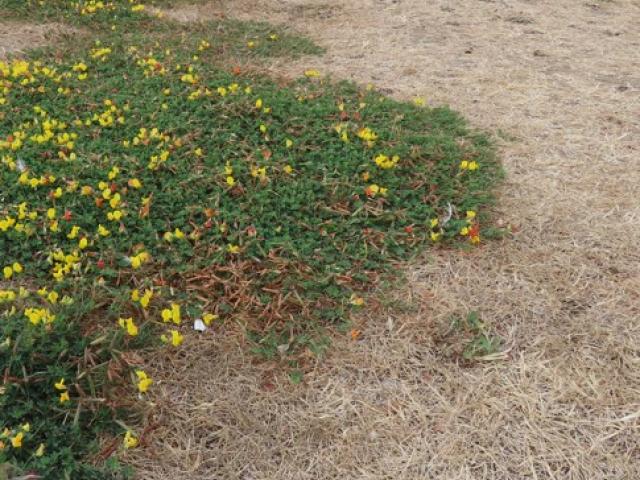Most of us are looking for ways to live in a more sustainable way, using fewer of the earth’s resources including materials, energy, and water. Unfortunately, gardening has had a number of issues with unsustainable practices, including the use of peat in compost (UK gardeners use 12 million litres of peat per year!), plastics in plant pots and packaging, and the use of water to keep plants alive. All of these have an environmental cost, so in this edition of the Secret Gardeners’ Blog, we look at ways we can be more sustainable.
Perennial planting
Most of the plants we see sold in garden centres in springtime are annual summer bedding. Customers are expected to buy them again every year, then throw them out at the end of summer. This is a great waste of resources, especially when many of these are grown in peat-based compost and have had inputs of water, heat, and fertiliser to grow them. A much better option is to buy more perennial plants which come back year after year. You only need to buy these once, and many plants are able to be further spread by dividing them or taking cuttings. My top recommendations for insect-friendly herbaceous perennials are: Hardy Geranium; Ajuga; Catmint and a beautiful thistle called Cirsium rivulare ‘Atropurpureum’.
Growing from seed
One way to avoid the plastic pots that plants come in is to grow your own plants from seed. That way you can reuse old pots you already have, or you can make them from newspaper. There are lots of guidelines online showing you how to do this – it really works!
Make your own fertiliser
Plants that are in the ground in decent soil shouldn’t need much fertiliser added to them at all. However, you can grow your own plant fertiliser! Comfrey is a classic example – grow the comfrey in sun or partial shade, in any soil except chalky or shallow soils. These plants are experts at drawing nutrients from the soil. You can then harvest the leaves and use them as mulch around other plants, or fill a bucket with 15 litres of water and add one kilo of cut leaves, weighed down with a stone so they are kept under water. The leaves will rot down in 4-6 weeks to make a liquid that is rich in nutrients – a warning though, it can be very smelly!
Use less water
There is increasing pressure on water supplies, especially in the summertime in warmer parts of the UK. If you find yourself having to water your lawn to keep it green, you could consider turning it into a wildflower meadow. We have lots of advice on how to do this in previous articles here. Wildflowers can often have deeper roots than grasses, with plants like Bird’s-foot Trefoil exceptionally good at surviving and thriving even while all the grass around it dies in the drought. If you have pots, using more drought-tolerant plants like Mediterranean herbs, Sea Holly (Eryngium), Sedum, and Lamb’s Ear (Stachys) is a good way to reduce your reliance on watering.



